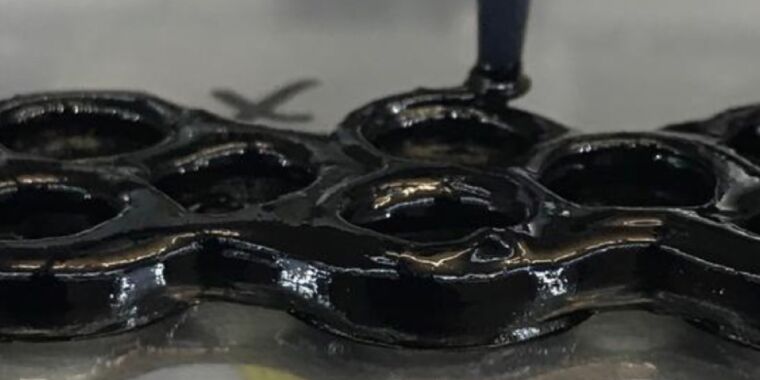
Getty Images
On Monday, China’s space program successfully launched another large piece of its space station. The 23-ton Mengtian module will provide pressurized volume for scientific experiments and is the final large living area to be added to the Tiangong space station.
China has constructed its modular space station—similar in form and function to the International Space Station, although smaller—on time and with few major issues. This can be considered a triumph for the Chinese space program, which now has capabilities second only to NASA and the commercial space industry in the United States.
However, the assembly of the space station has had one unfortunate side effect. To launch the main modules of Tiangong, including Monday’s flight, China has used a modified version of its powerful Long March 5B rocket. And as part of the overall mission profile, the vehicle’s massive core stage reenters Earth’s atmosphere in an uncontrollable manner.
Typically during a launch, a rocket’s large first stage will provide the majority of thrust during the first minutes of launch and then drop away before reaching an orbital velocity, falling back into an ocean harmlessly. A smaller second stage then takes over and pushes the rocket’s payload into orbit. However, the modified version of the Long March 5B has no upper stage. Rather, it consists of a core stage with four strap-on boosters.
The boosters power the rocket off the pad, but then the core stage, with its two YF-77 main engines, pushes the space station modules all the way to low-Earth orbit. At that point, the core stage lacks the capability to restart its main engines and make a controlled entry into Earth’s atmosphere. Typically, rocket upper stages and other used space hardware is disposed of by aiming for the remote Point Nemo, in the Pacific Ocean, but that will not happen in this case.
Not all space hardware needs to be disposed of in such a manner. Vehicles such as the Russian Progress spacecraft are small enough to burn up in the atmosphere. But that’s not the case with the core stage of the Long March 5B rocket, which has a mass of more than 20 metric tons. Large pieces of metal will make it to the surface of the Earth.
On the three previous launches of this rocket—in 2020, 2021, and 2022—chunks of debris damaged villages in the Republic of Côte d’Ivoire, fell into the Indian Ocean, and landed near villages in Borneo, respectively. Fortunately, no one has yet been injured by this falling debris.
China has largely refused to acknowledge the problem created by this rocket. The commentator on Monday’s launch broadcast by China Central Television, which is owned by the Chinese state, went so far as to say that the core stage would completely burn up in Earth’s atmosphere on reentry. Almost certainly, that will not be the case.
Based on past launches of the Long March 5B, we can probably expect reentry into Earth’s atmosphere to occur about a week from today, give or take a day or so. For now, we watch and wait.








